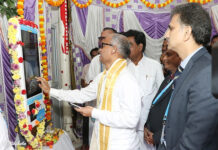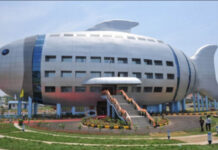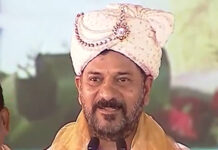The Government committee found no evidence suggesting that iron-fortified rice poses a health risk to individuals with these hemoglobinopathies. A large community study in India, involving over 8,000 participants from tribal areas, indicated that nearly two-thirds of patients with Sickle Cell Disease experienced iron deficiency.
No specific evidence exists regarding harm from consuming fortified rice for sickle cell anemia or thalassemia .
It is notable that organizations like WHO and the U.S. Food and Drug Administration (FDA) also do not mandate such advisories on packaging.
In India, where large-scale distribution of fortified rice has already taken place in states like Jharkhand and Maharashtra, with more than 2,64,000 beneficiaries in each state, no adverse health outcomes related to iron overload have been reported. This further substantiates the committee’s recommendation to omit the advisory.
The committee recommended removing the advisory, which the Food Safety and Standards Authority of India (FSSAI) accepted. The advisory was officially removed in July 2024, following approval by the Food Authority in its 44th meeting.
India’s rice fortification program started in 2019 as a pilot program and scaled up in a 3 phased manner. Fortification is a globally recognized practice, and India follows guidelines aligned with the World Health Organization (WHO).
According to WHO’s 2018 recommendations, rice fortification with iron is essential in countries where rice is a staple food. In India, with 65% of its population consuming rice daily, iron-fortified rice is particularly relevant.
Under the Pradhan Mantri Garib Kalyan Anna Yojana (PMGKAY), 520 Lakh Metric Tons (LMT) of fortified rice is to be procured annually. There are currently 1,023 FRK manufacturers across the country, with an annual production capacity of 111 LMT, which significantly exceeds the 5.20 LMT required for the program. Additionally, there are 232 premix suppliers with a capacity of 75 LMT per annum, far surpassing the 0.104 LMT needed.














